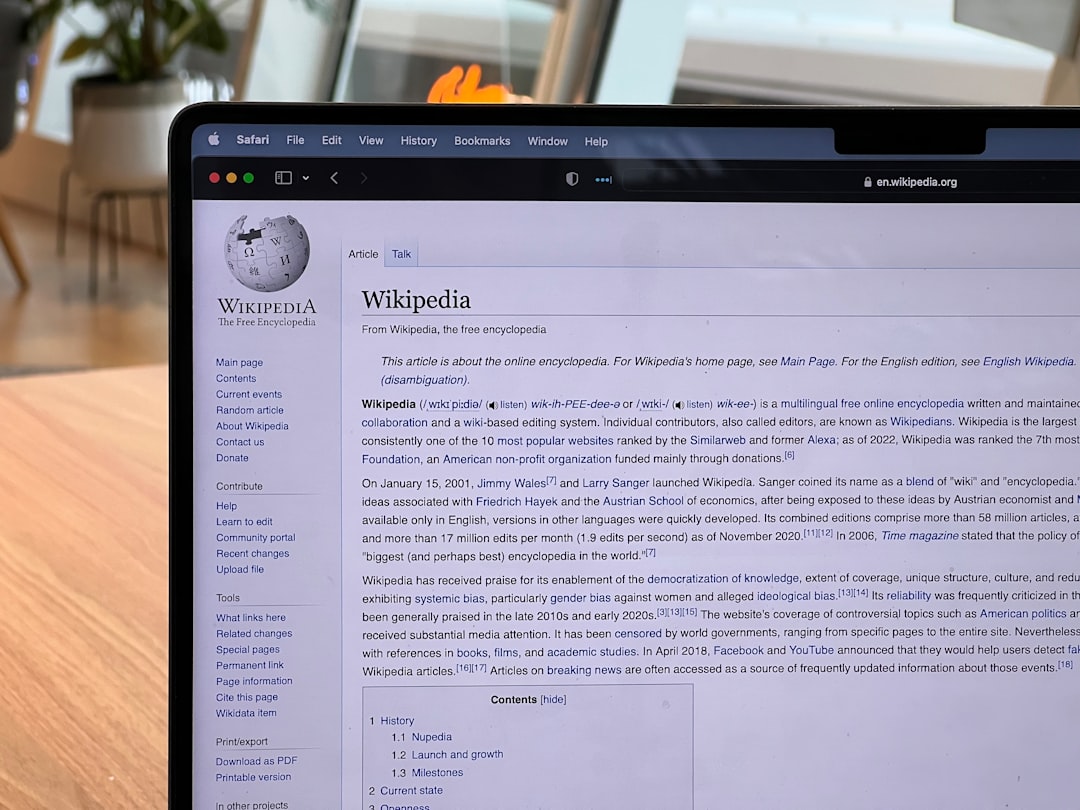What is it about?
The paper introduces a new way to combine multiple opinions, which are expressed as probabilities, about an event or fact. It builds on an existing device called the 'extremized-mean' that effectively boosts the consensus view when lots of people hold it. Specifically, we introduce a 'skew-adjustment' informed by accumulations of non-consensus opinions - which may reflect the views of domain experts.
Featured Image

Photo by Papaioannou Kostas on Unsplash
Why is it important?
The work contributes to a growing literature on crowd-wisdom, whose relevance increases as large online communities gather and share opinions. Our paper considers how someone outside such a community might best discern an 'optimal' combination of opinions from within it.
Perspectives
Working on this project has been fun and I have learned a lot from my co-authors while doing so. It sits at a (blurry) interface between statistics, data science and psychology. It is also relevant to the political and management sciences, where unlocking knowledge from heterogenous populations of experts is particularly important.
Ben Powell
University of York
Read the Original
This page is a summary of: Skew-adjusted extremized-mean: A simple method for identifying and
learning from contrarian minorities in groups of forecasters., Decision, July 2022, American Psychological Association (APA),
DOI: 10.1037/dec0000191.
You can read the full text:
Contributors
The following have contributed to this page










